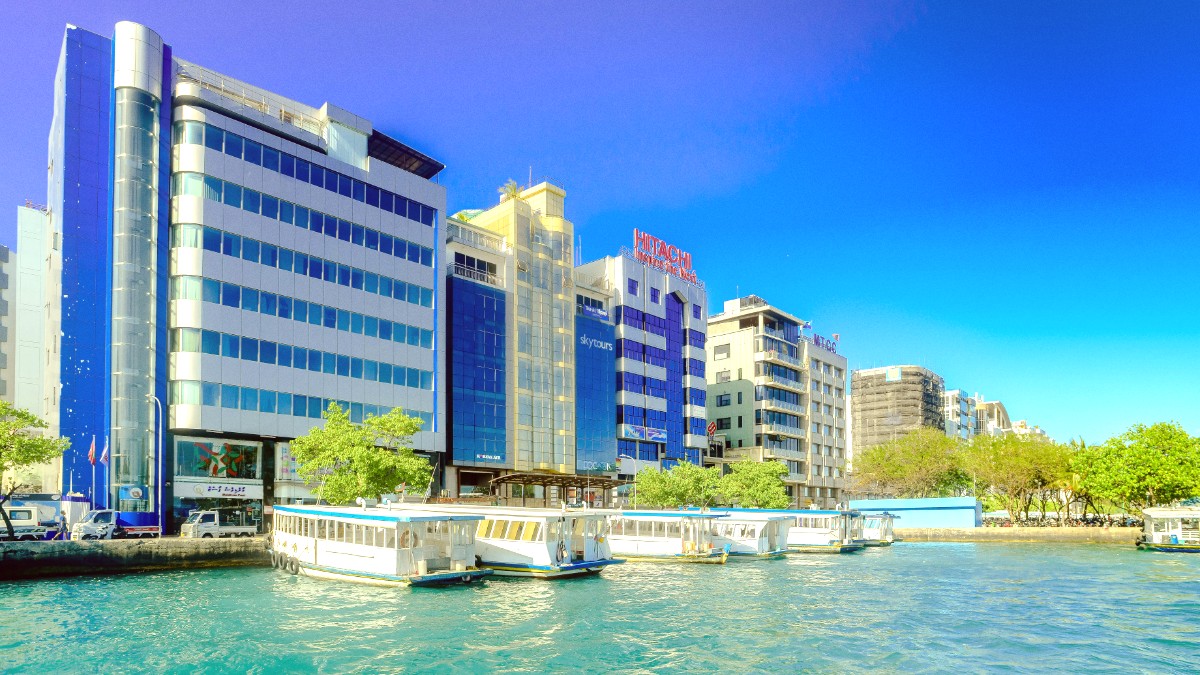
Maldives
The dry season, locally known as Iruvai (Northeast Monsoon), runs from December to April. This period brings less rainfall, lower humidity, and abundant sunshine. Skies are often clear, and the seas remain calm, making it a popular time for visitors, ideal for outdoor activities and city exploration.
The wet season, called Hulhangu (Southwest Monsoon), spans May to November. This season has higher rainfall, increased humidity, and occasional strong winds. Rain often comes in short, heavy bursts, typically lasting an hour or two before clearing.
While it rains more in the wet season, it rarely rains all day. Days can still present plenty of sunshine interspersed with tropical showers.
The Maldives lies outside the typical hurricane belt. Tropical storms can occur during the wet season, potentially affecting travel. Monitor local forecasts.
December - March
Optimal weather, clear skies, calm seas. Excellent for diving, snorkeling, city walks.
Higher prices for flights and accommodation. More crowds. Book well in advance.
April, November
Generally good weather. Slightly lower prices and fewer crowds than peak.
April may have early monsoon showers. November might have lingering wet conditions.
May - October
Reduced prices for flights and lodging. Fewer tourists. Lush green landscapes.
Higher chance of rain and rougher seas. Some resorts may undertake maintenance.
Diving and snorkeling best from December to May (dry season) for visibility. Marine life present year-round.
March to November (wet season) offers better surfing due to larger swells from the southwest monsoon.
Book flights and accommodation several months ahead for high-season visits. Prices are higher.
Consider shoulder season for a good balance of weather and value. Activities are still available.
Low season offers budget travel. Pack light rain gear for potential showers.
Monitor local forecasts during the wet season. Accommodation can advise.
Malé is explorable year-round. Short rain showers provide a refreshing break from heat.
Navigating visa and entry processes for the Maldives is straightforward for most visitors, making your arrival smooth. The country aims for welcoming tourist entry.
The Maldives operates a generous tourist visa policy. For all nationalities, a free 30-day tourist visa is granted upon arrival at Velana International Airport (VIA).
To receive your visa on arrival, prepare these documents.
Malé presents more budget-friendly options compared to luxury resorts, but expenses still accumulate.
These estimates cover typical daily expenses, excluding international airfare and inter-atoll resort transfers.
Accommodation: USD 40-70 (guesthouse). Meals: USD 10-20 (local hotas/street food). Transport: USD 2-5 (public ferry).
Accommodation: USD 80-150 (3-4 star hotel). Meals: USD 30-70 (mix of local/mid-range). Transport: USD 5-15 (taxis/shared speedboats).
Accommodation: USD 200+ (high-end hotels/day passes). Meals: USD 70+ (fine dining). Transport: USD 20+ (private taxis/speedboats).